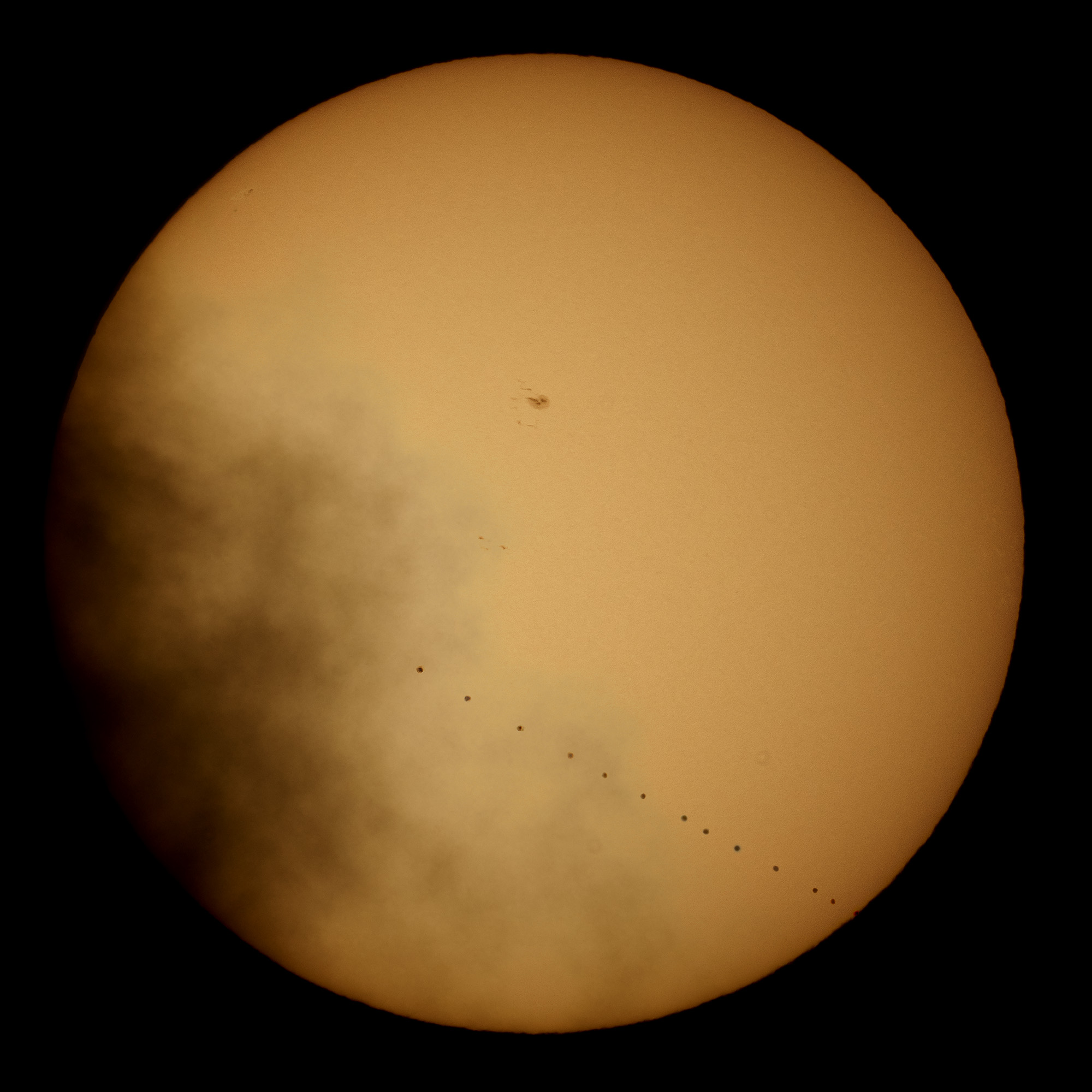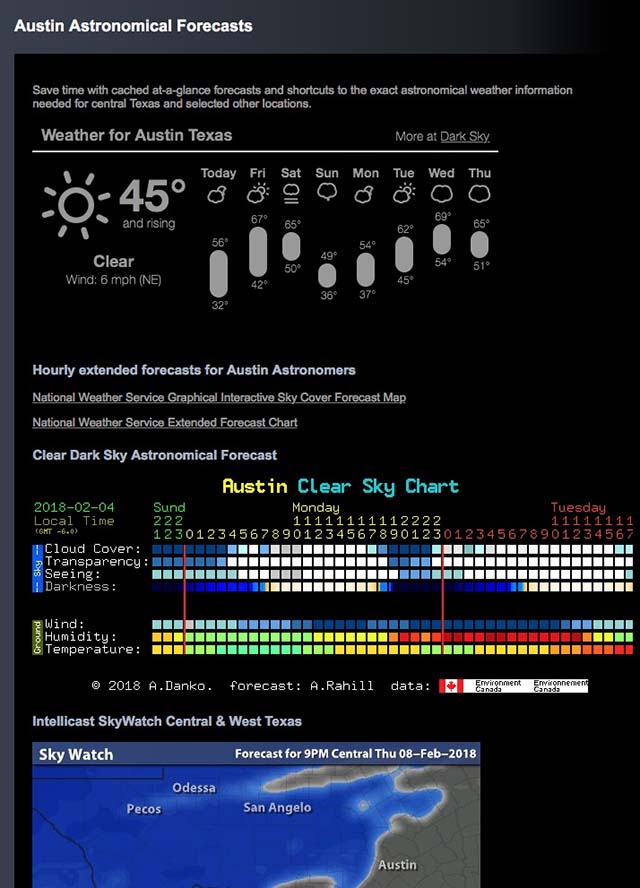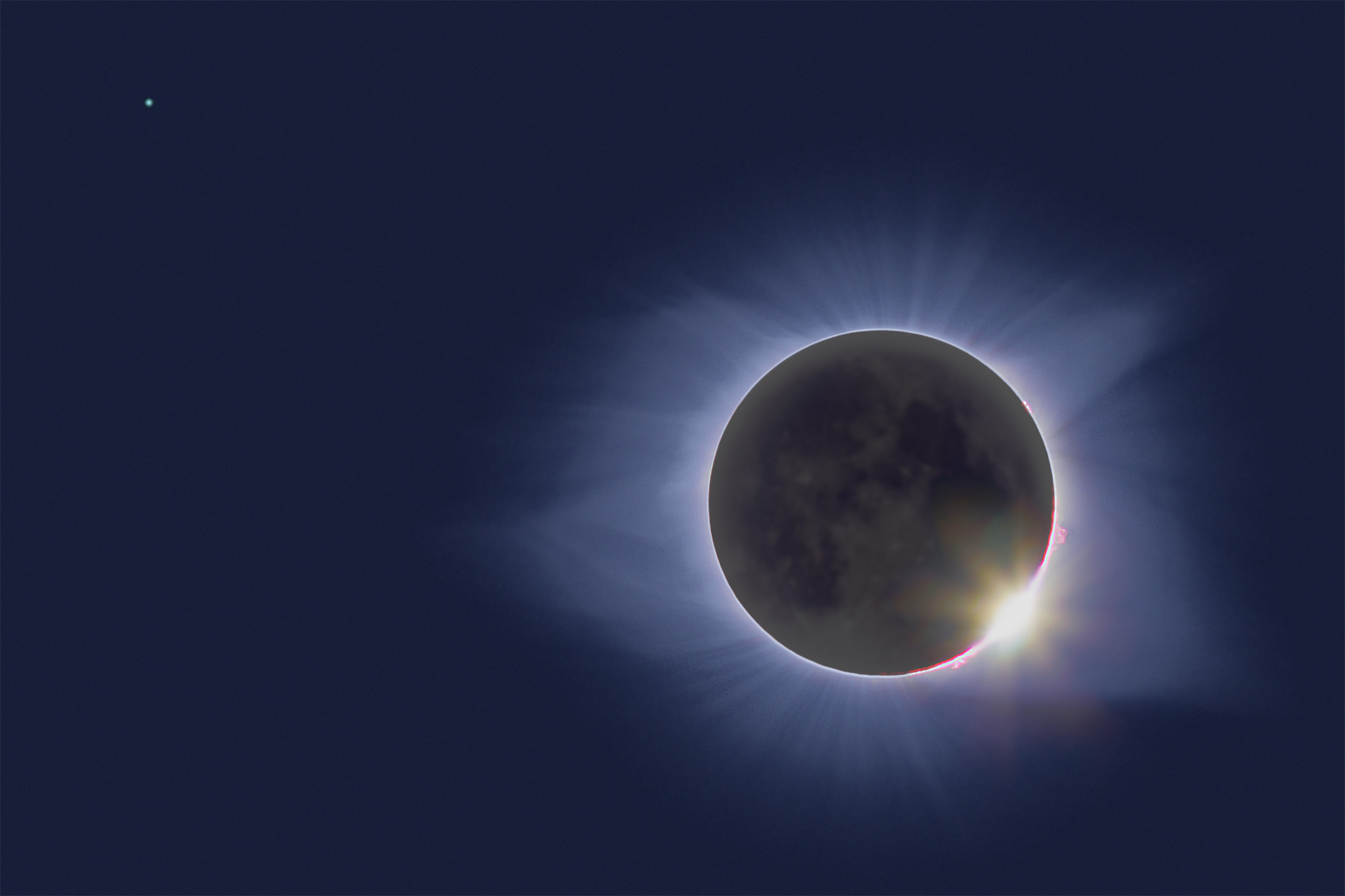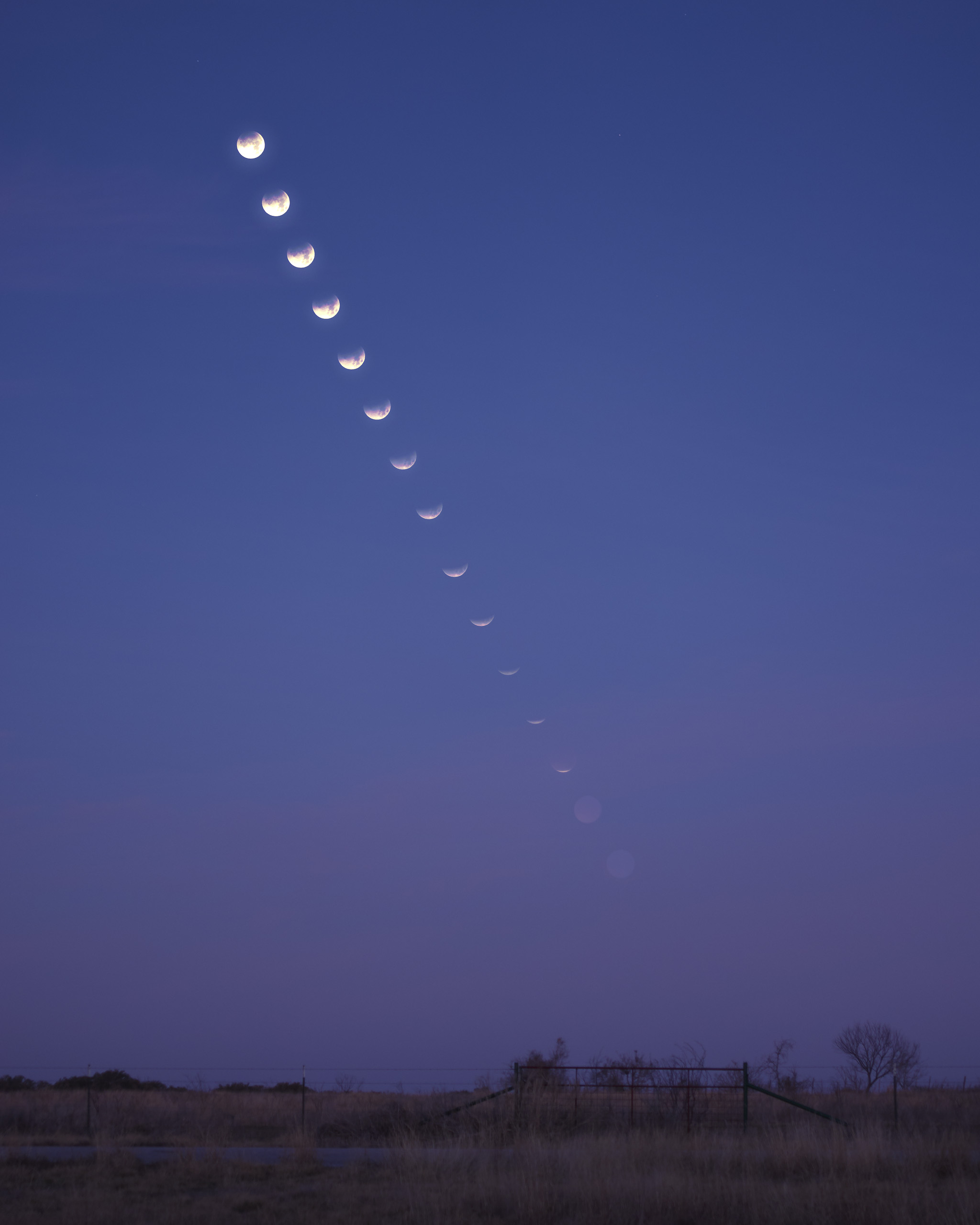- Images
- Blog
- Tools
- Questar
- The Questar telescope
- Questar resource links
- Search for Questar info
- 172mm Focal Reducer
- Afocal adapter for point and shoot camera
- Camera adapter lengths
- Camera adapter threading
- Camera connection
- Camera focusing
- Custom counterweight
- Drift Alignment Joy
- Finder Eyepiece Compatibility
- The Questar Moon 1981
- Questar Powerguide II Battery Life
- Questar Zone, How to Service Videos
- Red Dot finder mount for Questar
- Questar Viewing Table
- Wedge mounts
- White light solar filters comparison
- How to
- Get started in astronomy
- Astro RaspberryPi Camera and kin, the ASIAir and StellarMate
- Blind Smart-phone Equatorial Wedge or GEM Polar Alignment
- Camera phone adapter
- Celestron FirstScope with equatorial tripod mount
- Coat Pocket Astrophotography
- Day-lapse Images of Earthshine on the Crescent Moon
- Dobsonian Carrying Case
- DSO Astrophotography without a Telescope
- DSO imaging without a star tracker
- Estimating image resolution
- Lunar Eclipse Photography
- Moon photography - a dozen ways to shoot the Moon
- Meteor shower photography & planning
- Matching image sensor size to telescope resolution
- Narrow band imaging with color cameras
- Planetary Image Workflow
- Print and Display Astrophotography
- Observing
- Events
- More
- About
- Contact
Lucky Weather
The spate of cloudy nights here in Austin, reminds me of the importance of making your own luck with the weather. I would have missed all the sights below without making my own luck.

the International Space Station transiting the Sun
Make time, space, and good weather coincide
Most of the sights in the night sky are visible any time they are above the horizon and the sky is clear and dark. Enjoying them is simply a matter of getting outside when the weather is good and knowing where to look.
There are celestial events that are only visible at specific times and locations. Aurora, eclipses, conjunctions, transits, occultations, and meteor showers can all be spectacular events. Part of their attraction is that you can’t see them from anywhere or on just any night. Many of these events repeat, but waiting for that to coincide with good viewing weather in your location may take years or even decades.

Jupiter and Venus
conjunction - long view
Making your own luck
If you are willing to travel and learn how to use astronomical weather forecasts, you can improve your chances of seeing events in the sky. Mother nature is still in charge; so nothing is guaranteed. I've spent some time under grey skies that were supposed to be partly cloudy. Using these techniques I've had more good luck with the weather than bad.

Jupiter and Venus
conjunction - close up
Track astronomical weather forecasts
Most weather forecasts are for temperature, wind, rain or shine. All are important to astronomers but they are not enough. Cloud cover, seeing (atmospheric turbulence), transparency (dust, moisture and thin clouds) are also important and not in every forecast.
All weather forecasts start with data from ground weather stations. Locations with dark skies are usually not near many people, these areas usually don’t have as many weather stations to collect data as highly populated areas. As a result these and areas "down weather" from them have less accurate forecasts.
Computing weather forecasts is expensive. To keep computing costs low, longer range forecasts calculate their forecasts on a courser grid. As the date gets closer, better data is used and the calculations are done on a finer grid making them more accurate. There are four time scales that you should know about:
- seasonal climate - will the next season or moth be wetter or dryer than normal
- a week ahead - forecasts predict specific weather, but there is a lot of room for change
- three to two days out - weather models switch to a finer grid and become much more accurate
- the day before - even more detailed computations are done and there is another big step up in accuracy
Checking forecasts at each of these points will let you incorporate the weather into your plans.
Keep in mind what is unpredictable. We can expect some kinds of weather, e.g., wind, area wide rain, or sky cover to be accurate. Predicting exactly where thunder storms will pop up is well beyond what is possible.
Use more than one weather forecast source. There are some excellent forecasts aimed at astronomers like the Canadian Clear Dark Sky forecast (includes the US) and but these can easily miss local variations. The US National Weather Service detailed forecasts include important information like sky cover and humidity for any location in the US in graphical form or as interactive maps. Most other sources are based on the forecasts of the national weather services, but they often include local weather expertise as variations to these forecasts.
Large area graphical views of forecasts or satellite weather data are useful for picking out patterns to watch for. For example a local forecast may look good, but a larger view may show an approaching change that could radically alter the local weather if it arrives sooner. NOAA Water Vapor (transparency) and IR (cloud cover) images are very useful. During fire season wildfire smoke plume maps may be useful.
Looking at several forecasts is well worth while, because it’s not unusual for a single source to miss something important to you. Keeping a list of forecast bookmarks to check is an easy way to keep this information accessible.
I’ve found that once I picked the sources that worked for me it wasn’t hard to combine them into a dashboard and make sure that I don’t miss anything. If you have a little skill with HTML for web pages, it’s easy to pull this together on a local HTML file that you can bring up in your web browser. Mine is located here. You are free to grab the HTML code for my page and modify it to create your own custom dashboard.
Travel to where the weather is good
If the observing weather looks bad where you live, the forecasts will show areas where it is better. Finding a spot to observe on shot notice, usually isn’t hard. Public access areas like parks, public lands, and rest areas can be great spots for a few hours observing. Semi-public areas like churches, schools, and cemeteries can work well too. Be sensible about safety. A companion and a mobile phone is always a good idea. Many of these areas may have nominal curfews at night. Most of the time you are unlikely to be noticed and if you are a friendly explanation and offer to share the view will get you by.
I’ve been able to see many astronomical events that I would have missed if I’d stayed closer to home by being willing to travel an hour or two. When I traveled to see a total solar eclipse access to easy travel along the path was an important consideration. I used that to move a several hundred miles the night before and increase my chances from 50% to 100%.
Adapt your plans to the weather
Sometimes we can live with clouds and make the best of things. If clouds are broken and the winds are moving them along, it’s easy to wait for clear spots, it what you want to observe lasts more than a few minutes.
If you are an astrophotographer, clouds, poor seeing and transparency may spoil plans for long exposures or long focal length close ups. Switching to a wide lens for the big view may work much better with the clouds adding context and interest to the event.
Content created: 2018-02-08
Comments
![]() Submit comments or questions about this page.
Submit comments or questions about this page.
By submitting a comment, you agree that: it may be included here in whole or part, attributed to you, and its content is subject to the site wide Creative Commons licensing.

Blog
Silver City Heart & Soul Nebulae Revisited
Medulla or Garlic Nebula, CTB1, Abell 85
Nebulae afire off the belt of Orion
City Lights Horsehead & Flame Nebulae
Flaming Star Nebula dark sky vrs city sky face-off
Christmas Tree Cluster and Cone Nebula with more exposure
Christmas Tree Cluster with the Cone Nebula
Horsehead Nebula Face-Off Bortle 2 vrs Bortle 7
California Nebula Face-Off Bortle 2 vrs Bortle 7
Western Veil Nebula from Marfa
Trifid and Lagoon Nebulae Drizzle Stacked
North America and Penguin Nebulae Drizzle Stacked
Return to Coconino Andromeda, M31
Revisiting the Willow House Rosette
Corazón Incendida, the Heart Nebula
Elephant Trunk with the Garnet Star
Balanced HO North America & Pelican Nebulae
The Lagoon & Trifid Nebulas from Marfa
Western Veil Nebula from Marfa
The Great Winter Solstice Conjunction of Jupiter and Saturn
Two days to the Great Jupiter Saturn Conjunction
Worlds Apart, the Jupiter Saturn Conjunction
Raspberry Pi HQ camera first light
Waxing Crescent Moon with earthshine and stars
Vixen Porta II mount adapter or aluminum disk with holes #2
The 2019 ACEAP Expedition to Chile
Universe of Stories: Getting Started in Astronomy
View an Apollo flag on the Moon from Earth?
Apollo 50th is my 24th Flickr Explore Selection
Shooting the video stars - Moon and Jupiter
Ready for a change in perspective
Jupiter and the Galilean Moons through a camera lens
2022 the Solar System in one view
As hard to see as a doughnut on the Moon
Santa Inez miners church Terlingua
Waning gibbous Moon early Christmas Eve
Christmas eve on the eastern limb of the Moon
Mars at 23.3 arc sec with Syrtis Major
BadAstroPhotos Web Site Analytics
Saturn with Pixinsight workflow
Mars Update from Mauri Rosenthal
Waxing Gibbous Moon Terlingua Texas
Io Transit of Jupiter with the Great Red Spot
Not so bad Astro after 2 years
Eyes of the Llama from Urubamba
Moon and Venus over Cusco's El Monasterio
Tiangong-1 Space Station reentry tracking
Apollo - 50 years of human footprints on the Moon, complete!
Waxing Crescent Moon after Astrophotography Meetup
The Great American Eclipse from Above and Below
A million astro photo views on Flickr
Ansel Adams: Moonrise, Hernandez, New Mexico
December Solstice Crescent Moon with Earthshine
January 31 Blue Moon Lunar Eclipse
The Total Solar Eclipse in half a minute
2017 Solar Eclipse from a million miles away
Longhorn Eclipse from a Wyoming Hilltop
Fibs, damn lies, telescopes, and astrophotography
Full Moon before Total Solar Eclipse 2017
Longhorn Crescent Moon from Austin
The Crescent Moon with Jupiter and moons
Eye of the storm 2 - Juno & Jupiter's Great Red Spot
Eye of the storm - Juno & Jupiter's Great Red Spot
A million miles from earth, the Moon and earth east and west
Saturn with Titan, Dione, Tethys, & Rhea
Animated transit of Jupiter by Io
Solar Eclipse 2017 Highway Traffic Map
Mid-South Star Gaze + Questar Meet
Sweet Home Alabama Transit of Jupiter by Io
Update on AutoStakkert on macOS
Diffraction is not the limit for digital images
Teasing life into planetary images
Moon camera comparison: DSLR & planetary cameras
Waning Crescent Moon with Earthshine
1st day of Spring last quarter Moon
Lewis Morris Rutherfurd's Moon
Super Moonrise over Lady Bird Lake
360 Tower pierces the Super Moon
Lisbeth's Birthday Crescent Moon
The Moon and Mars from the Astro Café
Silent and Mechanical Shutter Comparison
Austin's Solar Sidewalk Sun-Day
Another Longhorn Moon over Austin
Jupiter and Venus do a father-daughter dance
Sunset with Mercury, Jupiter, and Venus
Mercury, Jupiter & Venus after sunset
3 months, 92 nations, 3750 visitors, 100,000+ images served
Upcoming Conjunction of Jupiter & Venus
The Perseid Meteor Shower with the Andromeda Galaxy
Waxing crescent Moon from UHD Video
NWS Interactive Digital Forecast Map
M7 the Ptolemy Cluster preview
Five Planets in the Sky at Dusk
Lucky Fat Waning Crescent Moon
Two months, 80 nations, and an embarrassing bug
Saturn with 5 moons: Titan, Rhea, Enceladus, Tethys, & Dione
The nearly full Moon and Saturn with a short tube refractor





 2025
2025
